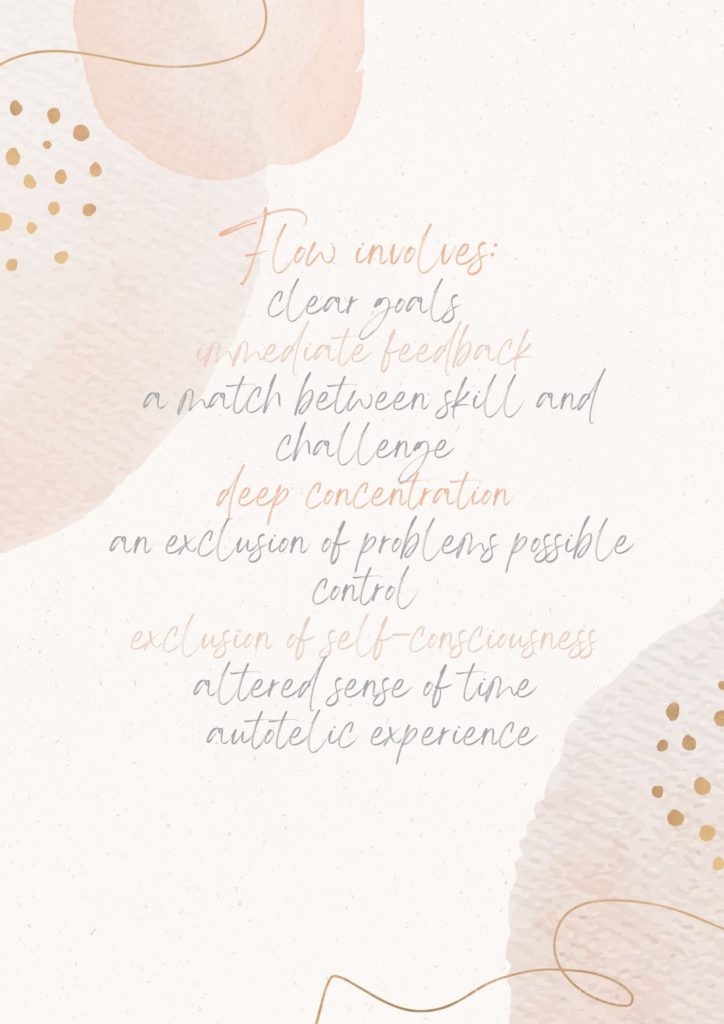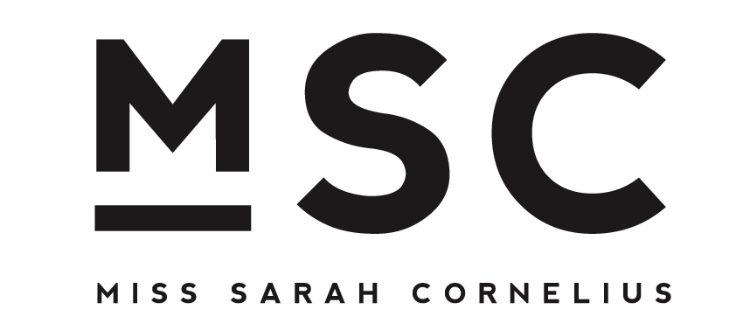Foster creativity with flow
What is flow?
Sometimes referred to as ‘being in the zone’ or ‘in the moment’, flow was first discussed as a ‘peak experience’ by Maslow in 1964 but was later developed by Csikszentmihalyi in the 1970’s. According to Csikszentmihalyi (2014, p.24) flow ‘is a deeply involving and enjoyable experience that has been described by a variety of different respondents, in a variety of cultures, in strikingly similar ways.’
Having grown up after the World War Two, Csikszentmihalyi became intrigued by happiness, especially the happiness witnessed among creatives and he believed that there was more to human behaviour then seeking external reinforcement (2014, p. 354). During his studies Csikszentmihalyi started to notice that creative people would engage with a task, not to simply finish it but to enjoy the process (Beard 2014, p. 355). This did not fit with the current understandings of the psychology, and he was compelled to research how play evoked a certain response in people, leading to the development of flow theory.
While research uses a variety of working definitions when investigating flow, Csikszentmihalyi (2014, p.133) details the ‘conditions of the flow experience’ to include: clear goals, immediate feedback, a match between skill and challenge, deep concentration, an exclusion of problems, possible control, exclusion of self-consciousness, altered sense of time and autotelic experience.

Along with others, Csikszentmihalyi went on to explore the applications of flow in a range of activities but primarily focused on how flow created autotelic responses, promoted intrinsic motivation, and generated creativity (Katahira et.al 2020, p. 2). As outlined by Katahira and colleagues (2020, p.2), the way in which flow enhances motivation, development and performance has also been the subject of much research.
In more recent years, neuroscientists have suggested that flow state occurs on the border of alpha and beta brain waves, inducing ‘a calm state’ during which a sudden spike of gamma waves binds together ideas, memories, experience, and new stimuli into creative action.
What are the benefits of flow?
The benefits of flow have also been researched with a 10-year longitudinal study by Cranston and Keller (2013) showing that people in flow states were 500% more productive while others claim that is improves motivation and company loyalty. As well as this, it has also been found to improve subject well-being, satisfaction, and happiness (Suttie 2012; Vincent-Lancrin et.al 2019, p. 19). Furthermore, Amabile and colleagues (2005) found that flow does not only increase creativity in the moment but for up to three days after.
Why is this important for educators?
Being creative is seen as an essential 21st century skill (Vincent-Lancrin et.al 2019; ACARA 2020; SACE 2021) with Vincent-Lancrin and colleagues (2019 p.3) calling for schools ‘to nurture students’ creativity and critical thinking,’ so that we can ‘help them look at things from different perspectives, understand the limits of their and of others’ views, and help transform their ideas into innovative solutions.’ Csikszentmihalyi (1996, p. 109) also comments on the importance of creativity and the fact that it is needed to find solutions to problems that may not even exist yet.
So how can the theory of flow assist students in developing or unlocking creativity? How can we make learning fun again?

Great content! Keep up the good work!
Thanks so much! I hope the year is treating you well.